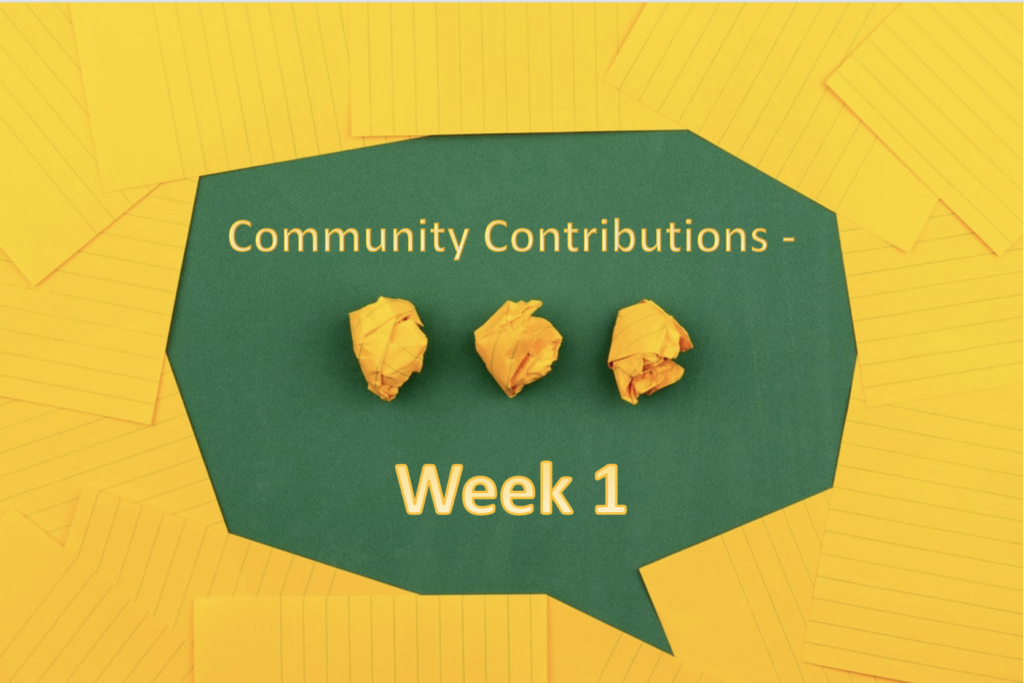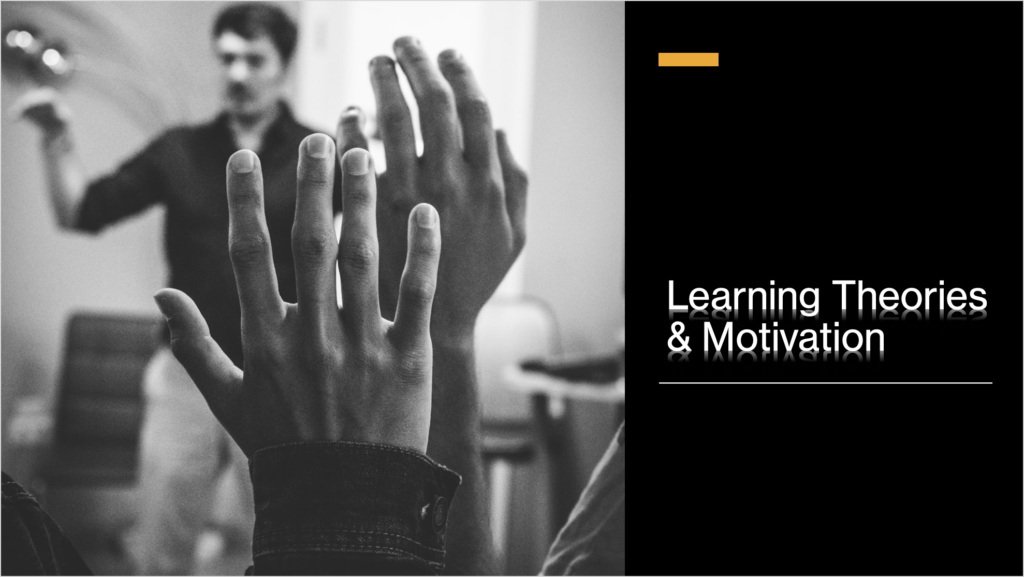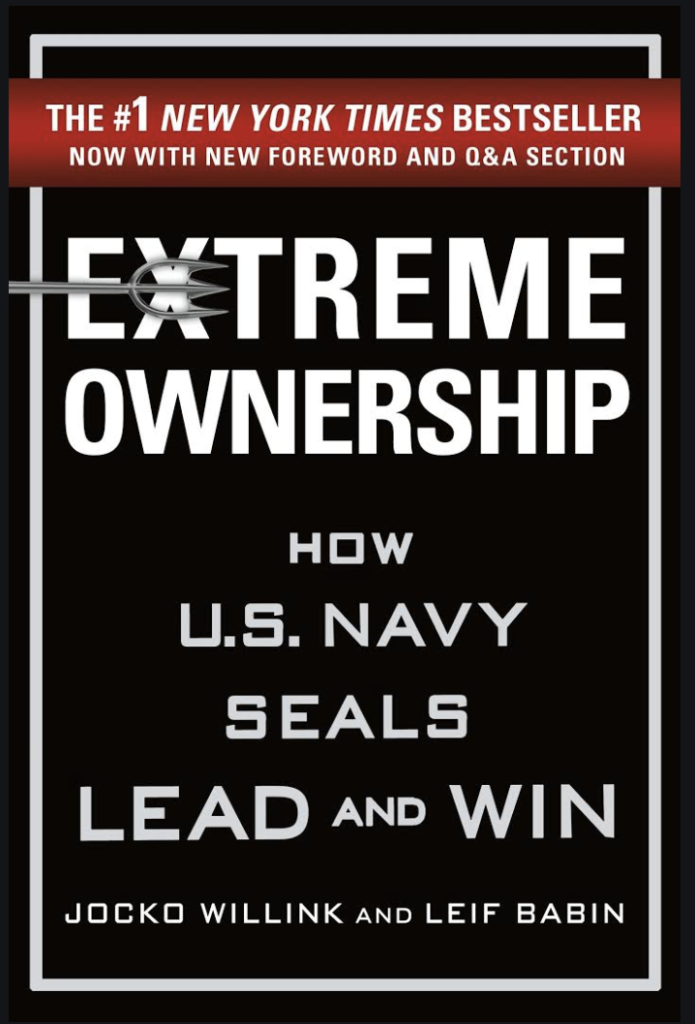
REPLY 1
I definitely see where are you are coming from Megan; however, I do think that the previous classes that you (and I) have taken have resulted in a “confirmation bias” (Veritasium, 2011). The previous classes we were enrolled in seemed to paint behaviourism in a negative way and often didn’t consider the positive side of things. While I agree with your statement in the third paragraph about how individual’s basic needs and motivation are important, I think that they can still be accommodated within behaviourism if it is used efficiently. For example, if you were to be teaching a group of students new math concepts such as addition and subtraction, leaving them to try and figure this out on their own may not be effective. “What might be most effective for novice learners encountering a complex body of knowledge for the first time, would not be effective, efficient or stimulating for a learner who is more familiar with the content.” (Ertmer & Newby, 2018). This does not mean that you cannot include and use other theories in your practice as well. Maybe you use a combination of theories. Begin with behaviourism techniques for the initial lesson of a new concept and then move into inquiry-based project etc. In addition, I also believe that purposeful positive reinforcement can boost individual motivation. Verbal reinforcement and encouragement can be a great source of motivation especially if it is done purposely and not just to boost one’s ego. For example, if a student has a breakthrough with something they were really struggling with and you offer purposeful praise concerning their learning, the process they took, and how hard they worked, this can be very meaningful to them. This is straight out of the behaviourist handbook! I totally see where you are coming from and often struggle with the same thoughts and questions; but, I think we have to take the time to remind ourselves of the potential benefits of behaviourism as well. Pulling certain beneficial aspects from each of the learning theories can create a productive learning environment where students can prosper.
References
Ertmer, P. A. & Newby, T. (2018). Behaviorism, Cognitivism, Constructivism: Comparing Critical Features From an Instructional Design Perspective. In R. E. West (Ed.), Foundations of Learning and Instructional Design Technology. EdTech Books. https://edtechbooks.org/lidtfoundations/behaviorism_cognitivism_constructivism
Veritasium. (2011, March 17). Khan Academy and the Effectiveness of Science Videos [Video]. YouTube. Khan Academy and the Effectiveness of Science Videos
REPLY 2 –
Breanne, I loved hearing about your experiences! Not only were they insightful, but they provided me with some ideas I could utilize myself in my classroom. I loved the ideas you mentioned for teaching students about blood. Super cool!
I agree with you that growing up most classrooms seemed to centre around a behaviourist model. I too have experienced similar systems to the card system you mentioned. I recently saw a classroom that had everyone’s name on the board, and they would slide the names up and down to different categories which consisted of excellent, good, average, poor, and very poor behaviour. Names would get slid up and down in front of the whole class based on how students were behaving. To me, this does not seem like a good way to meet students’ needs of psychological safety and belongingness. As you mentioned in your final statement of this paragraph, I completely agree that we cannot fully break away from the behaviourist theory of learning, and sometimes it is even necessary, but there are appropriate times to use it in a way that’s beneficial.
I really appreciate your final statement in the third paragraph about how allowing individuals to learn in their own way allows them to succeed and get the most out of their learning opportunities. We are all unique individuals, and we all learn differently. In an interview I did with a behavioural specialist from Alberta, she told me that her teaching philosophy was that every student learns differently. It is not fair to them for us to expect to teach one way and have everyone pick it up. It is our job as teachers to learn about each student, find their strengths, weaknesses, and learning styles, and teach towards that. She explained that teaching in multiple ways such as showing a video clip, lectures, hands on work, incorporating movement, etc. as much as possible with each lesson can provide students with the chance to showcase their strengths, find an outlet that they actually enjoy and are engaged in, and help their overall learning experience.
Finally, I agree that each theory has its place and can be utilized in a beneficial way. For me personally, I plan on utilizing all these in an intertwining way in attempts to create a classroom environment that meets everyone’s needs and helps individuals learn and prosper. For me, I would like to use constructivism but am still a little fuzzy on how to execute this in a classroom with young students. This is something I would like to look into further! If you have any insights or resources that would be helpful, please feel free to share them with me!
Photo Credits: Header photo by Volodymyr Hryshchenko on Unsplash




